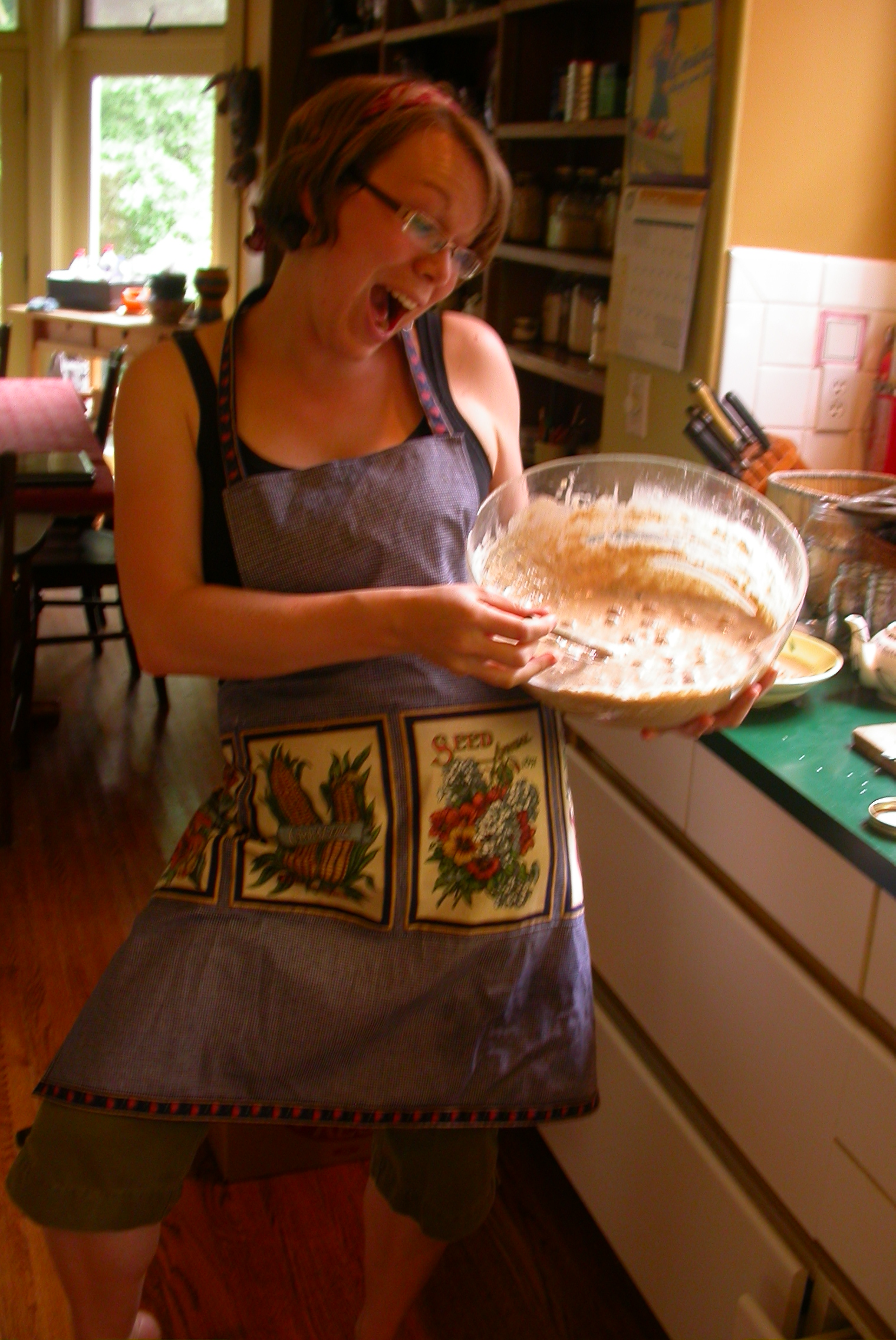I remember so clearly going to visit my brother at university when I was growing up. There are 13 years between us, and it was such an adventure to get a glimpse into his adult world as a little kid.
When I think back on those trips, I have some incredibly vivid memories — of dancing home from a Blue Jays game along Bloor singing Spirit of the West songs, of getting walnut-shaped cookies for my train ride back to Ottawa, of walking in on Evan’s roommate eating hands down the biggest plate of spaghetti and meat balls I have ever seen. 
It’s with these thoughts in mind that my sister and I decided to start organizing similar trips for Evan’s kids. Last weekend was our first trial with my niece, Nina, and let me just tell you, from the aunties perspective it was an epic success. Skating at harbourfront, sundaes in bed while watching movies projected onto a wall, getting our nails done, going to see a musical… for all parties involved it was totally great.
So, how does this tie into DIY Menstrual Pads? Well, after Nina left, I started on this week’s project, and as I was making these little diddies, I remembered another moment from my own trips to Toronto to visit Evan. His girlfriend (now wife) Christine was hanging out the laundry, and she hung out her re-usable menstrual pads. I remember being completely fascinated by this, and spending a ton of time (probably 5 minutes, but it seemed like a ton then) asking her questions and trying to figure out whether these things were totally cool or completely disgusting. The verdict, about 16 years later, is that they’re totally cool.
And here’s how to make them:
Materials
- Flannel (or flannellette – I’ve never really known the difference) material
- A sewing machine
- Thread
- Snaps
- A needle for hand sewing
- Terry towel (optional)
- Pencil
How to do it
- A preamble – I made mine my without the terry towel for extra absorbency. Instead, I made my own flannel insert. If you have a particularly heavy cycle, you may want to double up with the terry towel. If so, check out this great pattern for details.
- Now, to the instructions! Trace and cut out your three pieces of flannel, in the shapes shown here. I often use different sized pads, so I experimented with making different sizes. Remember – when you’re cutting your pieces, you want to give yourself extra for the seams. The first pad that I made measured about 9″ both north north to south and east to west when I cut the piece out and about 8.5″ x 7.75″ when sewn. The other was 12″ north to south and 9.5″ east to west when cut and 10.75″ x9″ when sewn.

- NOTE: When cutting your two “half” pieces, make sure to leave lots of room (~0.75″) for them to overlap in the middle – this creates the pocket where your absorbent insert will go.
- Take your two “halves”. Press a 1 cm seam down the straight edge of each one and sew. It should look like this.

- Next, lay the pieces on top of each other, right side to right side, and pin it all in place.

- Then sew carefully around the edges. Turn it inside out. Look at how amazing this looks already!
- With the pad flipped right way ’round (ie the pattern facing out), top stitch around the whole thing to hide the seams. Translation – sew around the whole thing about 1cm from the edge so that all the seams on the inside are hidden. This will prevent fraying.
- Next come the inserts. For this, take a rectangular piece of flannel (just smaller than the north-south dimensions of the pad, and about 4x as wide as you’d like your absorbent insert to be – mine was about 8″ wide for a 2″ wide insert) and folded it in half with right sides facing each other. Next, sew it all the way ’round, except for about 1.5″ at the end.
- Turn it inside out, using the hole to push the material through. Hand sew up the hole.
- I wanted extra absorbency, so I then folded the material again, and sewed it up. You can layer as many extra pieces of flannel in your little absorbency pouch as you’d like. I made a variety of thicknesses to use on different days.

- Last but not least, hand sew your snaps on to keep those wings in place. And Voila! Your very own menstrual pads!
Author’s Note: I haven’t actually tried these out yet, so use this pattern at your own risk. You know your absorbency needs more than anyone, so experiment around. Also – for all you ladies looking for menstrual alternatives, I can’t recommend the Diva Cup more highly. It doesn’t work for everyone, but it does for me, and I love, love, love it!





